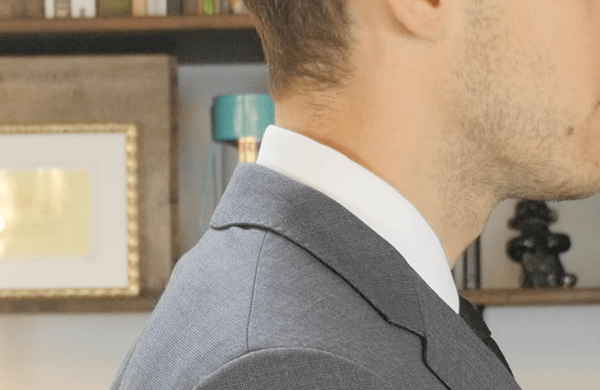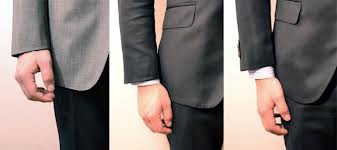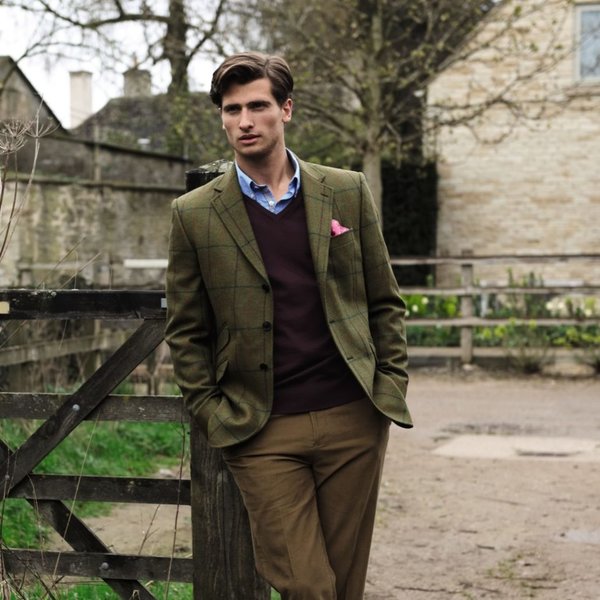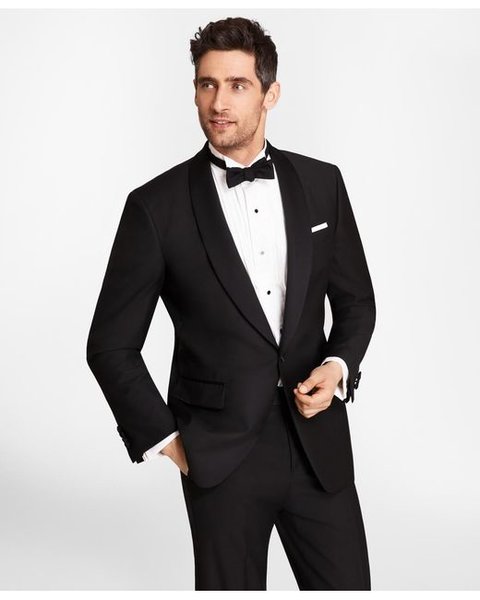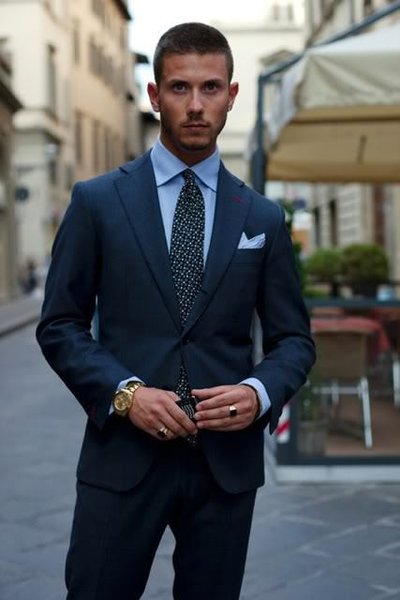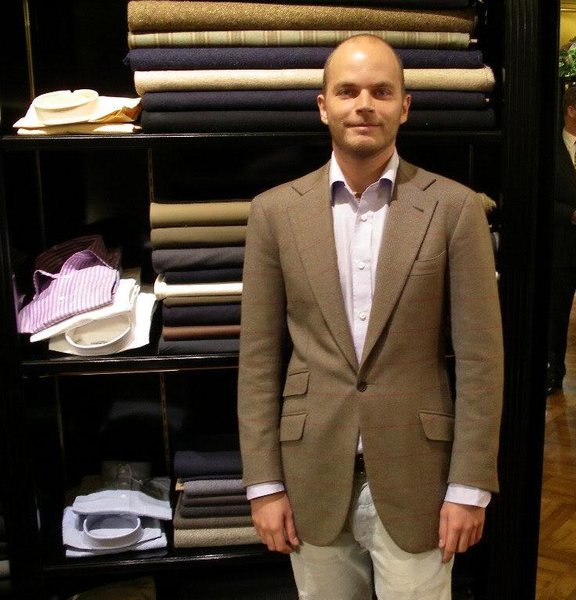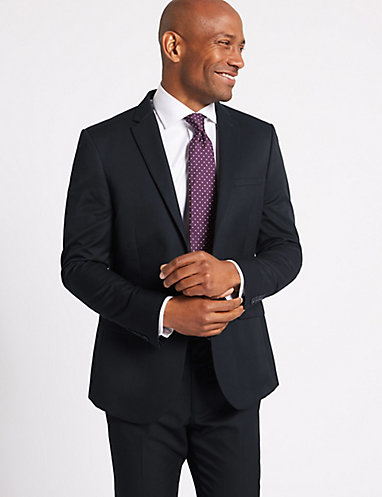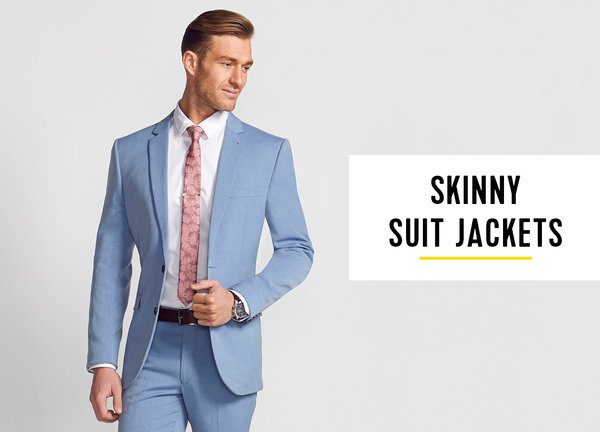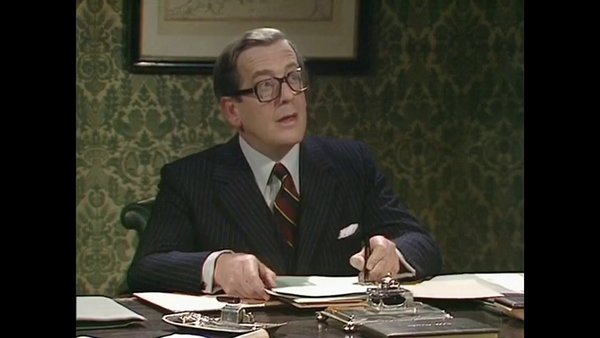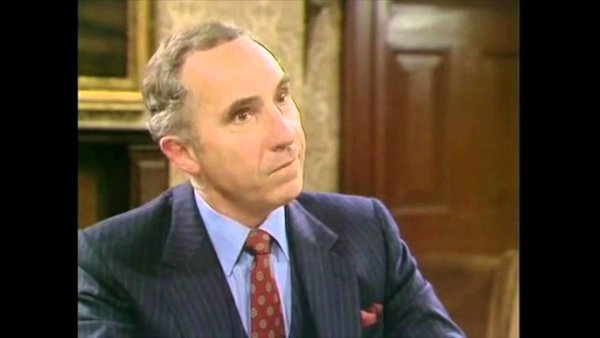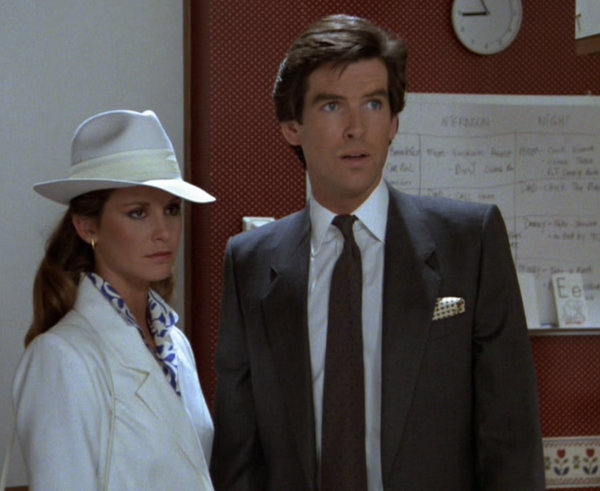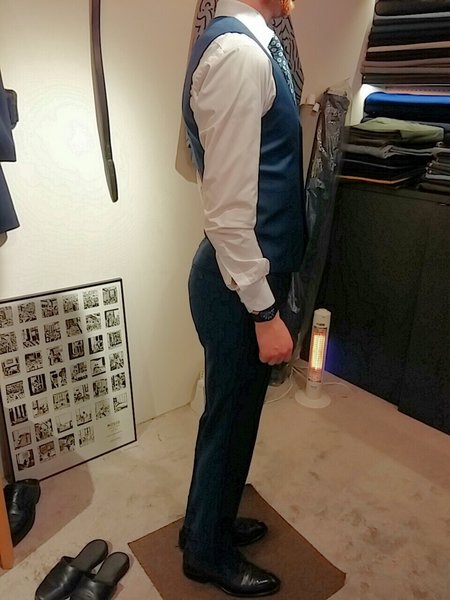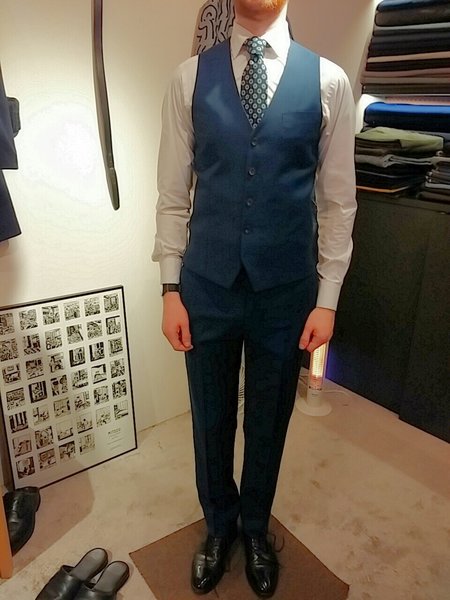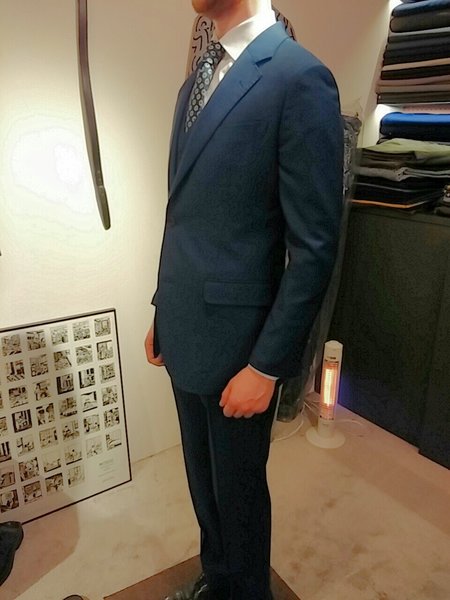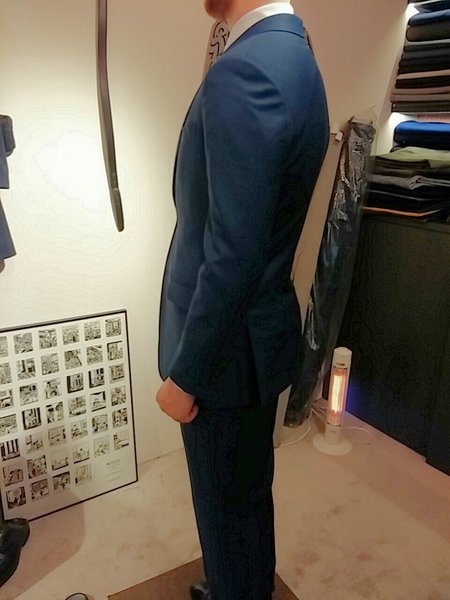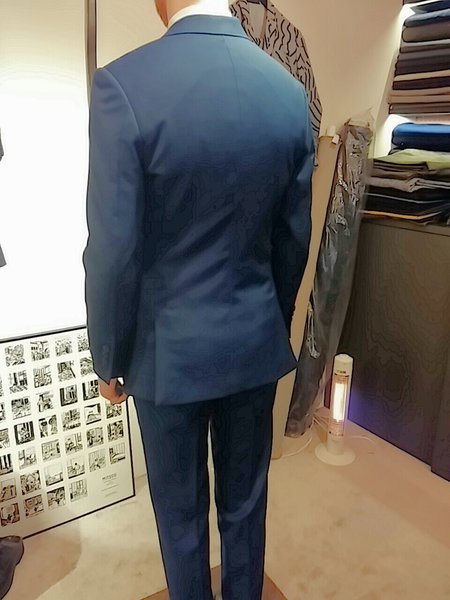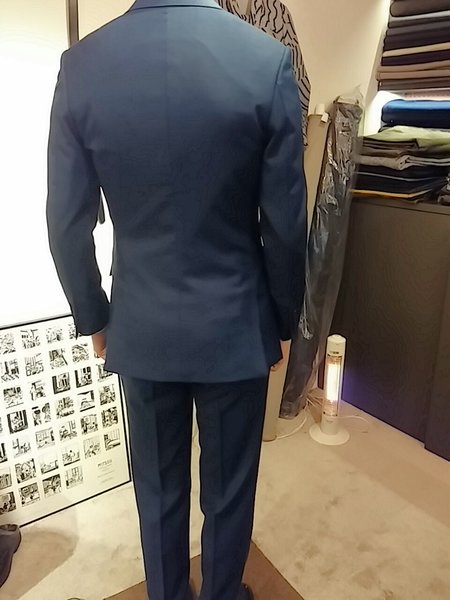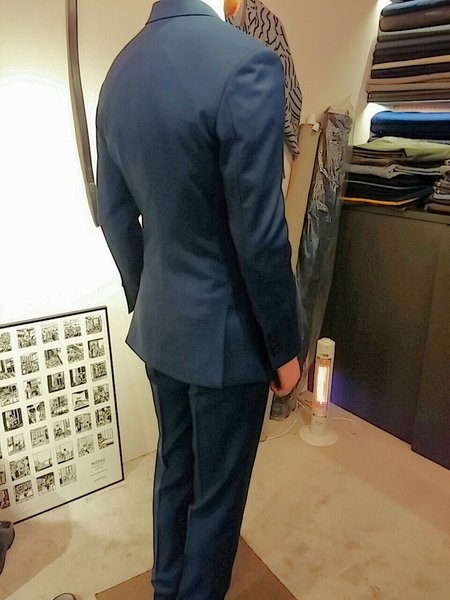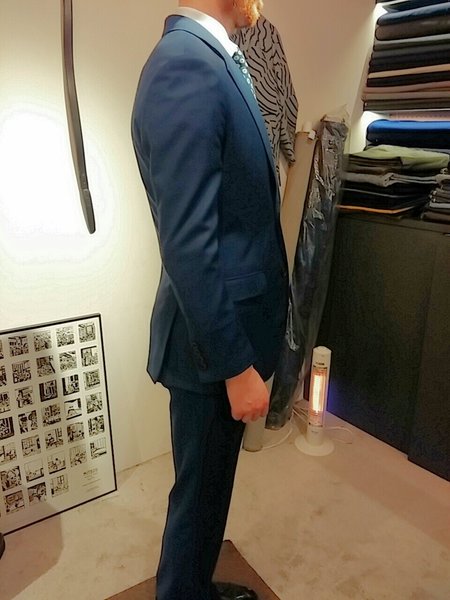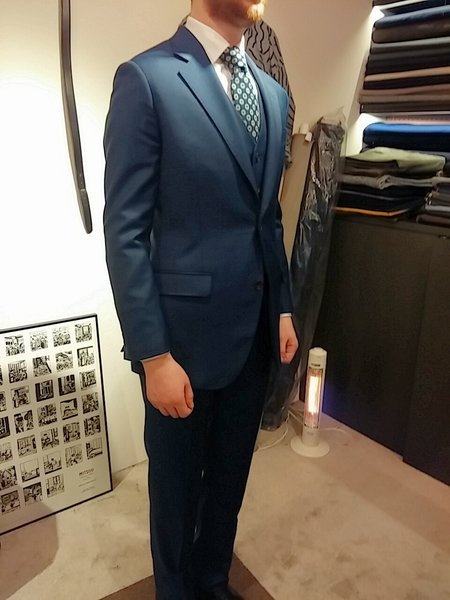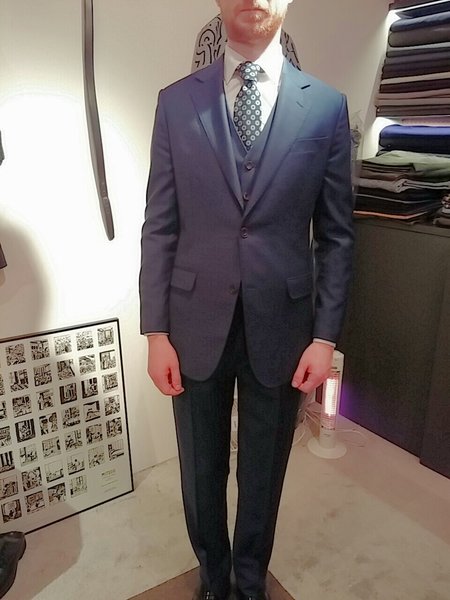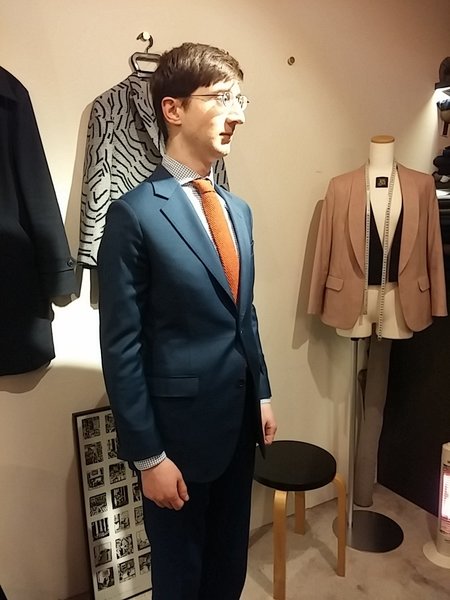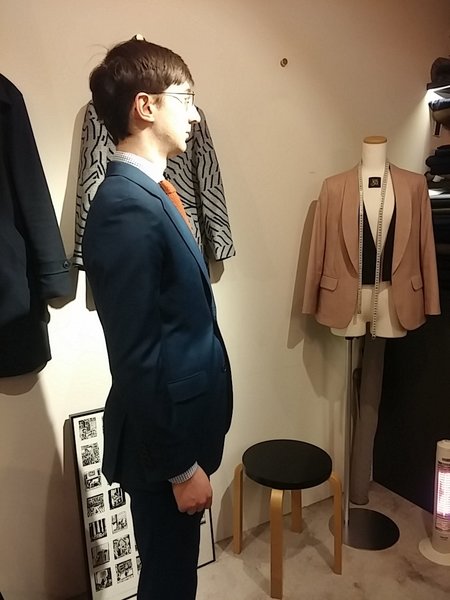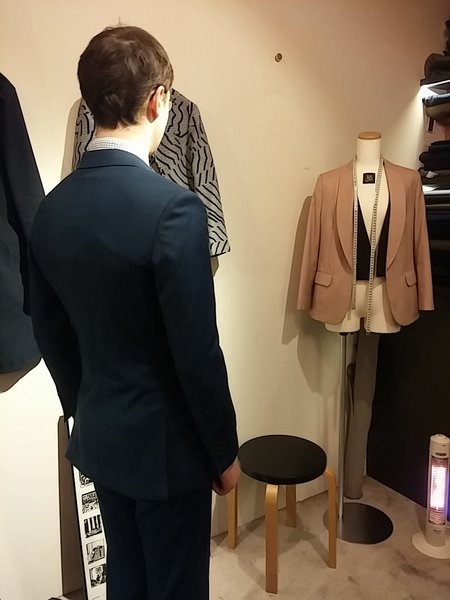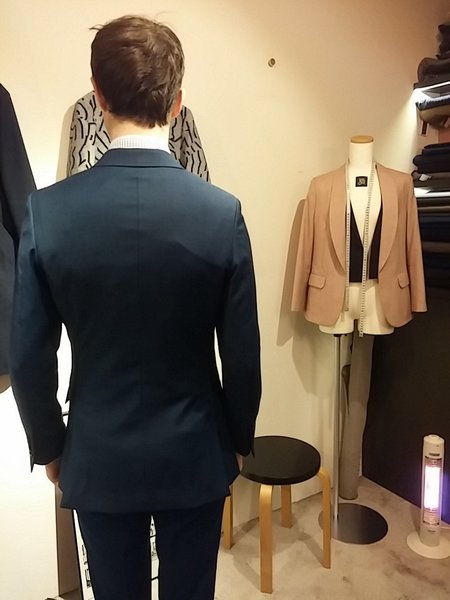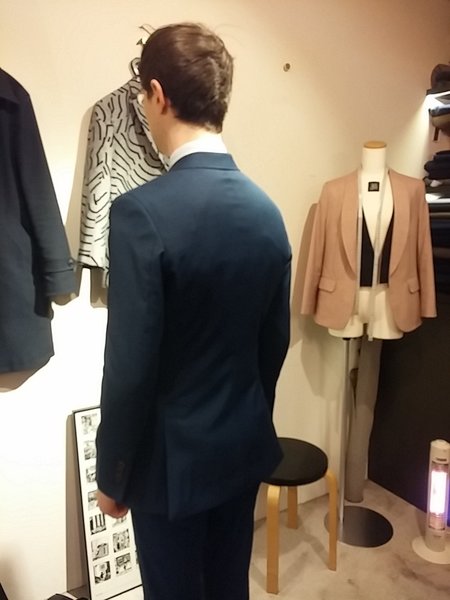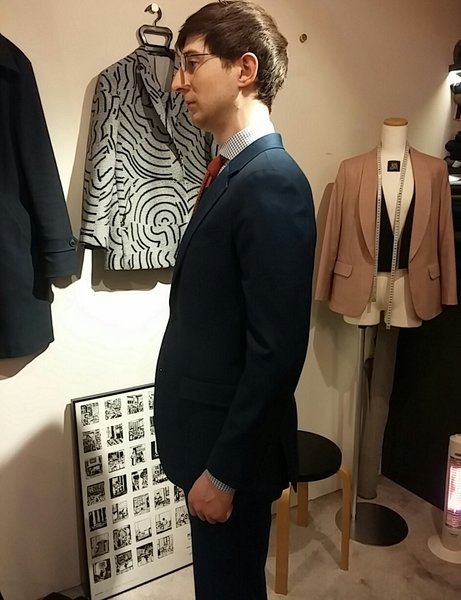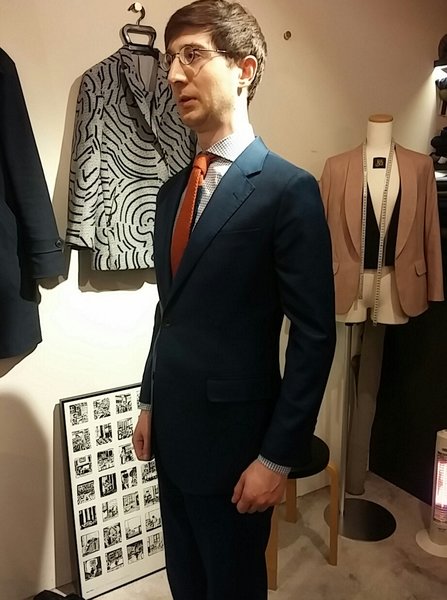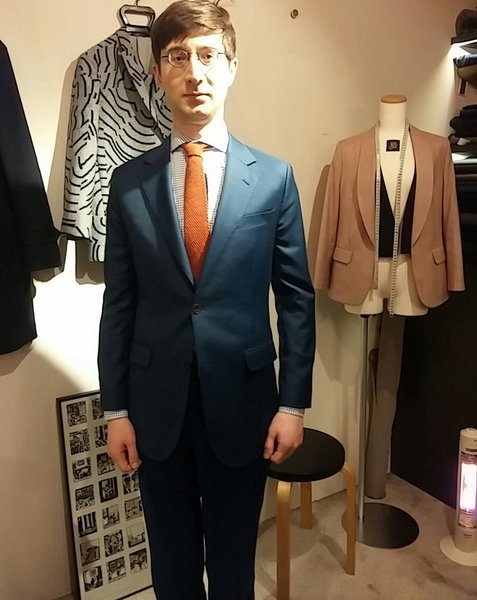lullemans72
Senior Member
- Joined
- Jul 16, 2016
- Messages
- 159
- Reaction score
- 55
I'm planning on ordering my very first bespoke suit in a few months. I'm so excited to finally get a feel for what it's like to own a suit that's entirely tailored to my proportions, but I'm still not sure about what fabrics I should go for. I want to make my first suit one that I can wear for the regular work week, so color and design wise it's going to be a simple, solid navy suit, and it will be worn mostly in the fall/winter/spring seasons.
Last time I visited the tailor a few months back, they showed me various available fabrics coming from local producers in Japan, as well as Italy and the UK. Some of the fabrics were the usual 100% wool (120s),and 80/20, 50/50 wool/polyester blend. Now, since this will be my first real tailor made suit, I want to go for something a little more premium, something that's going to last and look good. So I thought a wool/polyester blend just wouldn't make the cut for that. I also prefer to avoid 100% wool suits as I already own a suit like that, and it creases like crazy. I usually only hang the suit and pants on a hanger and only rarely use a steamer to try and get some of the creases out near the seat/crotch area of the pants. For that reason, the other suits I own are of a wool/polyester blend only.
Anyway, I've been considering some of the other fabrics I noticed they had, like an 80/20 wool/mohair blend. I'd in fact never heard about mohair up until that point, but from what I gather, it seems to be a pretty luxurious fabric and works very well when blended with wool. I was thinking of going for that, but am wondering if there are any other blends I might want to consider, such as wool/cashmere, or wool/cotton?
Last time I visited the tailor a few months back, they showed me various available fabrics coming from local producers in Japan, as well as Italy and the UK. Some of the fabrics were the usual 100% wool (120s),and 80/20, 50/50 wool/polyester blend. Now, since this will be my first real tailor made suit, I want to go for something a little more premium, something that's going to last and look good. So I thought a wool/polyester blend just wouldn't make the cut for that. I also prefer to avoid 100% wool suits as I already own a suit like that, and it creases like crazy. I usually only hang the suit and pants on a hanger and only rarely use a steamer to try and get some of the creases out near the seat/crotch area of the pants. For that reason, the other suits I own are of a wool/polyester blend only.
Anyway, I've been considering some of the other fabrics I noticed they had, like an 80/20 wool/mohair blend. I'd in fact never heard about mohair up until that point, but from what I gather, it seems to be a pretty luxurious fabric and works very well when blended with wool. I was thinking of going for that, but am wondering if there are any other blends I might want to consider, such as wool/cashmere, or wool/cotton?
Last edited:


